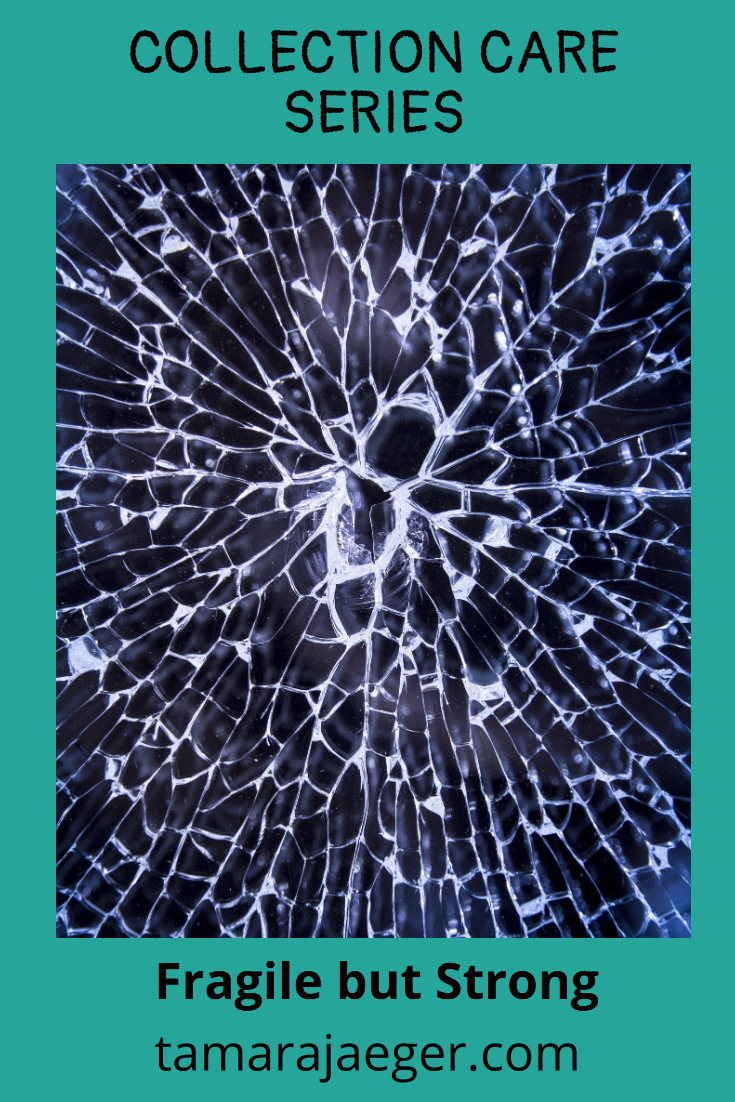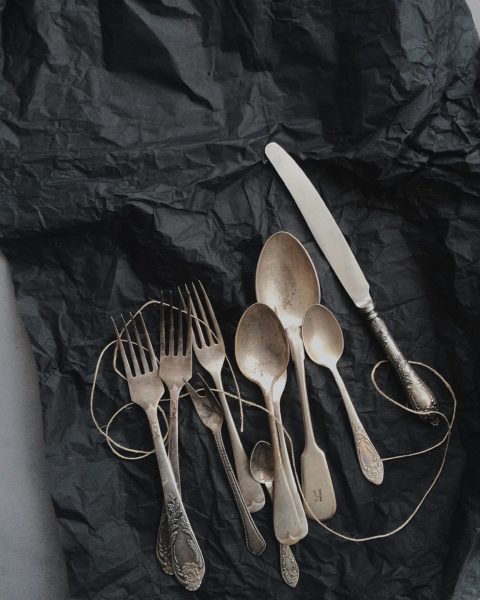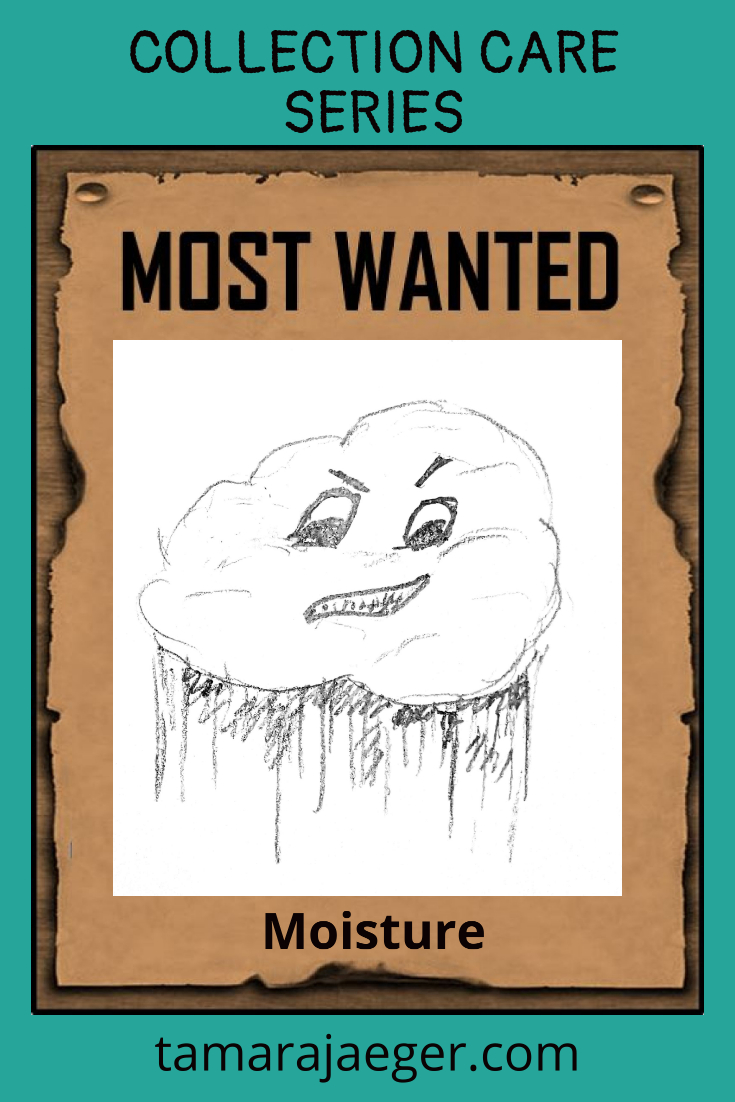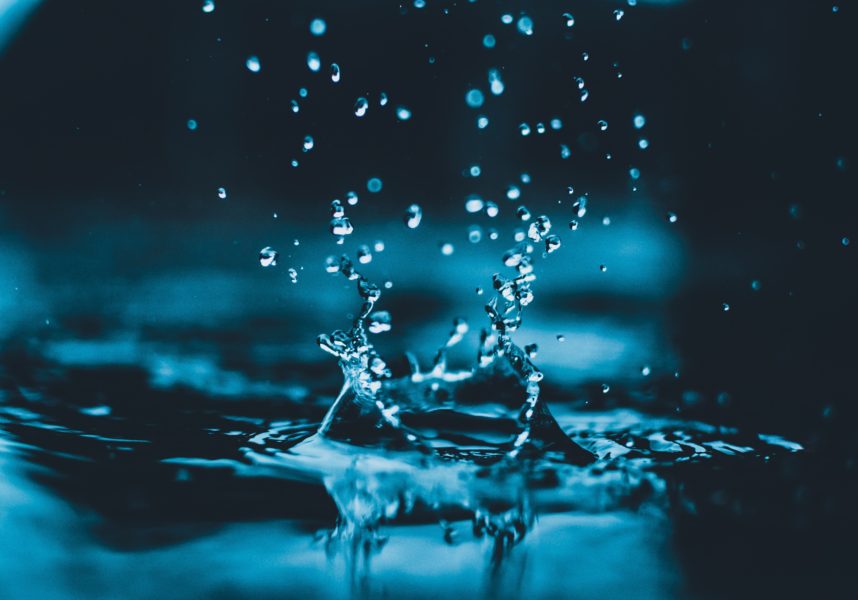Posts Tagged: glass


Throwback Thursday: Glass Flowers
Several years ago I took some glassblowing classes. It was something I had wanted to try for a long time, but it’s difficult to find somewhere that offers classes. Glassblowing studios are expensive to set up and maintain and beginning glassblowers are, I’m told, Very hard on the equipment! Most places, you’re lucky to get a short workshop, where you get only the slightest chance to actually work with the glass. But I got lucky—there was a glassblowing studio near where I lived that offered Actual classes! So I took the plunge and signed up for an 8-week course (Afterward, I continued for a second 8-week session).
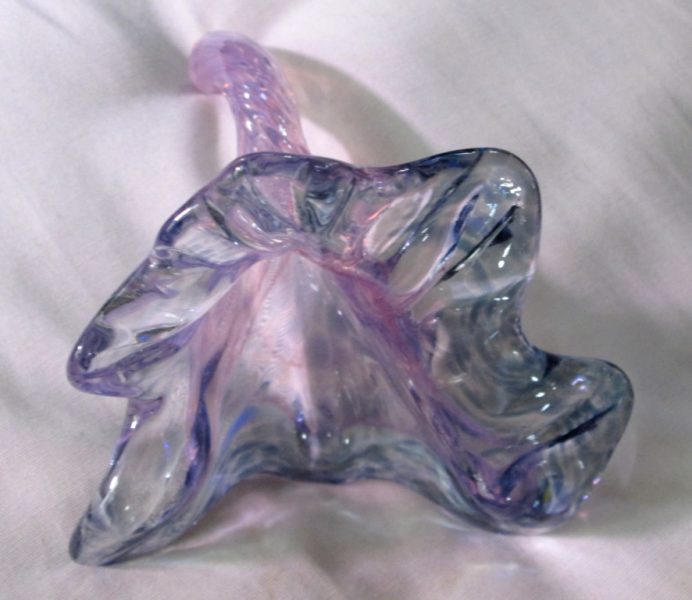
Glassblowing was…like nothing I’d ever tried before. The closest thing is probably ceramics, which I did extensively in college and thoroughly enjoyed. But the two are so Very different. With ceramics, you get deep and dirty and hands on with the clay, then you stick it in the kiln and heat it to insanely high temperatures. Glassblowing is almost the opposite. You start with your insanely hot, molten glass and then have to try and coax it into doing what you desire, while not being able to directly touch it (trust me, you Don’t want to directly touch it. Ask me how I know!).
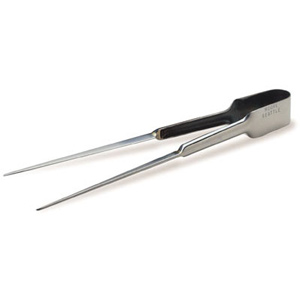
I found not being able to touch the glass the most difficult part, really. Sure, there was a lot of learning involved with gathering the molten glass and adjusting and maintaining the temperature while working on the piece. It was so very different from any other art mediums I’d tried. It was also challenging in that the glassworking benches are all set up for right-handed people, so as a lefty, I had to learn to do all the fine manipulation using the tools in my right hand. Some tools, like the jacks or the wooden paddles and blocks, were relatively easy. Others were not! The tweezers and shears were my biggest challenges. I’m not sure why the shears were so hard—I actually use right-handed scissors with my right hand all the time without any issues.

So one of the goals I set myself was gaining more proficiency with the tweezers. After the jacks, they’re one of the primary tools used in manipulating the glass. So every class, I’d start out by making a few glass flowers. They’re one of the more simple items to create and we were introduced to them in the first couple classes. Most of the students never made another flower after those first classes. But I was determined to master the tweezers! (spoiler alert: I’m nowhere close to being a tweezer-master. It’s something that takes years, rather than the months that I had)
Now, like I said, a glass flower is a relatively simple item to make, though admittedly it’s not simple to do Well! You gather your glass from the flaming hot hell-mouth (i.e. the furnace), roll it in the colors you want, heat it up again, then grab your tweezers and start pulling on the glass. Very carefully and precisely. So that hopefully you end up with something that looks flower-like and not like some sort of weird deformed blob.
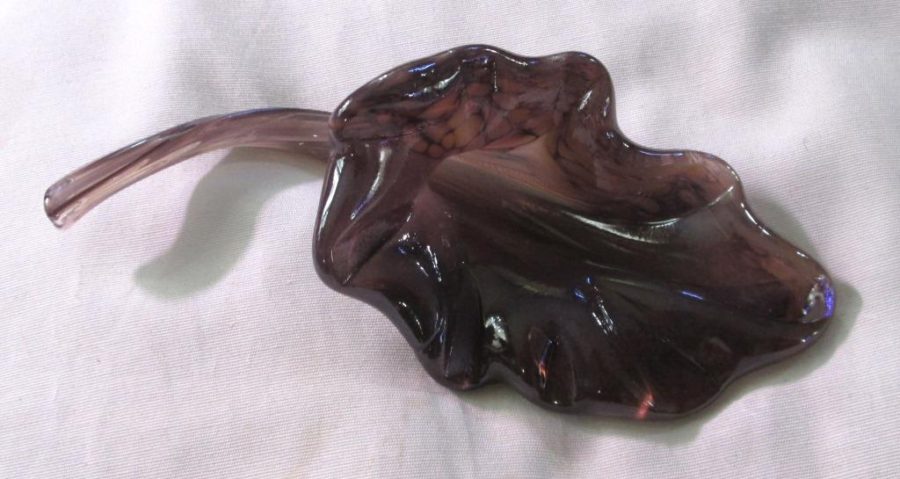
But, flowers were a quick, fun way for me to work on my tweezer prowess. I made a lot of flowers. Some of them even turned out well. I think if I had had more time (I moved to a different state to go back to grad school), I would have liked to continue with glassblowing classes. It was frustrating, but also fun and there was definitely a sense of satisfaction when I got to pick up my pieces and take them home after they had been annealed and cooled. I could See the progress I was making from week to week. I still prefer ceramics and really miss working with clay, but glassblowing gave me a completely different experience and way of looking at how to create things.
And if you’re in the Plymouth, Michigan area and are looking to try out glassblowing, check out Acorn Glassworks. They’re fantastic people, fantastic glassblowers, and fantastic teachers.
Are there any art techniques or mediums you’ve been longing to try? Tell me below!
